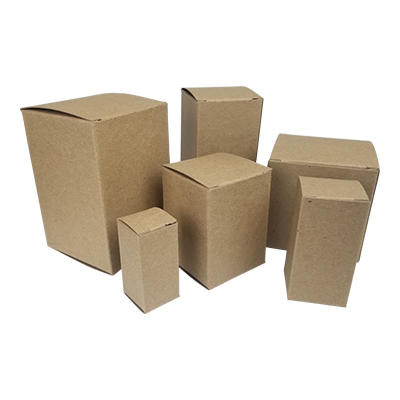In recent years, the world has seen a significant shift towards sustainability. One of the key areas where this change is most evident is in packaging. With the growing awareness of environmental issues and the urgent need to reduce waste, recyclable packaging has emerged as a pivotal solution. This movement is not just a trend; it represents a crucial step towards a more sustainable and environmentally friendly future.
What is Recyclable Packaging?
Recyclable packaging refers to materials that can be reprocessed and used again after their initial use. These materials include paper, cardboard, glass, certain plastics, and metals. The primary goal is to extend the lifecycle of packaging materials, reducing the need for new resources and minimizing waste.
Why is Recyclable Packaging Important?
- Environmental Impact: Traditional packaging often ends up in landfills, contributing to pollution and greenhouse gas emissions. Recyclable packaging helps mitigate these impacts by reducing waste and the demand for new raw materials.
- Resource Conservation: By recycling materials, we decrease the extraction and processing of virgin resources, which often involves energy-intensive processes that contribute to environmental degradation.
- Economic Benefits: Recycling can be more cost-effective than producing new materials. It also creates jobs in the recycling and manufacturing industries, fostering economic growth.
- Consumer Demand: Today’s consumers are more environmentally conscious than ever. Brands that adopt recyclable packaging can enhance their reputation and appeal to a growing segment of eco-aware consumers.
Types of Recyclable Packaging
- Paper and Cardboard: These are among the most commonly recycled materials. They are used in various forms, from shipping boxes to food containers. Recycling paper and cardboard saves trees and reduces water and energy consumption.
- Glass: Glass is infinitely recyclable without losing quality. It’s widely used for beverages and food containers. Recycling glass reduces the need for raw materials like sand, soda ash, and limestone.
- Metals: Aluminum and steel are highly recyclable. Aluminum cans, for example, can be recycled repeatedly without losing quality. Recycling metals conserves natural resources and energy.
- Plastics: While not all plastics are easily recyclable, certain types like PET (polyethylene terephthalate) and HDPE (high-density polyethylene) are. Innovations in recycling technology are continually expanding the range of recyclable plastics.
Challenges in Recyclable Packaging
Despite its benefits, recyclable packaging faces several challenges:
- Contamination: Recyclable materials must be clean and free from contaminants like food residue or mixed materials. Contaminated items can spoil entire batches of recyclables.
- Recycling Infrastructure: Not all regions have the necessary infrastructure to handle recyclable materials efficiently. This can limit the effectiveness of recycling programs.
- Consumer Awareness: Proper recycling requires consumers to understand how to sort and dispose of recyclable materials correctly. Misunderstanding can lead to improper disposal and increased waste.
- Economic Viability: The fluctuating market value of recyclable materials can affect the economic feasibility of recycling programs. Sometimes, it can be cheaper to produce new materials than to recycle existing ones.
Innovations and Future Trends
The future of recyclable packaging looks promising, thanks to continuous innovations and increased awareness. Here are some trends to watch:
- Biodegradable and Compostable Materials: These materials break down naturally, reducing the environmental impact. They are particularly useful for items that are difficult to recycle traditionally.
- Improved Recycling Technologies: Advances in technology are making it easier to recycle a wider range of materials. Enhanced sorting and processing methods are increasing the efficiency and effectiveness of recycling programs.
- Extended Producer Responsibility (EPR): This policy approach holds manufacturers responsible for the entire lifecycle of their products, including post-consumer disposal. EPR encourages companies to design more sustainable and recyclable packaging.
- Consumer Education Campaigns: Educating consumers on proper recycling practices is crucial. Governments, organizations, and brands are increasingly investing in campaigns to raise awareness and improve recycling rates.
Conclusion
Recyclable packaging is more than just a buzzword; it is a critical component of a sustainable future. By choosing recyclable materials, conserving resources, and embracing innovative solutions, we can significantly reduce our environmental footprint. As consumers, we have the power to drive this change by supporting brands that prioritize sustainable packaging and by committing to proper recycling practices. Together, we can make a positive impact on our planet, one recyclable package at a time.
